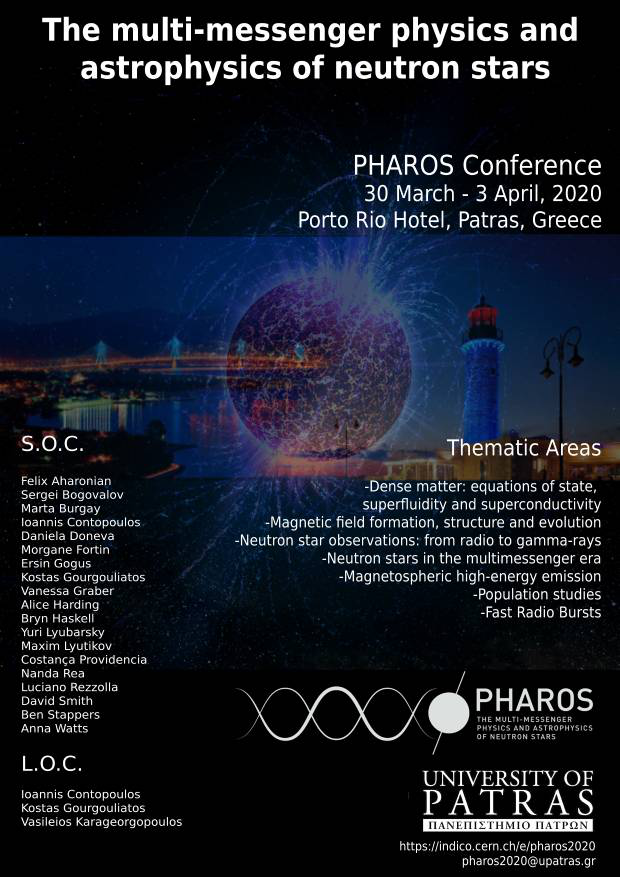Speaker
Description
We discuss a detailed study of single-pulse detections from RRAT J1819-1458, with observations taken across a long period of time. Additionally to the usual sporadic nature of RRATs, this source exhibits a strong variation in the flux, shape and the number of components of the individual pulse detections. The arrival times of separate components have been examined in the past, which resulted in the discovery of distinct bands in timing residuals. However, the changes in the number of components and their shapes with time have not yet been studied in the same detail. We focus our investigation on the temporal separation of multi-compoment emission from other detections and their possible groupings. Combined with the overall change in the burst rate across longer observing periods, we find signs of the existence of quiet periods, with little to no emission detected, followed by bursts of multiple detections of pulses with more than once component in rapid succession. In the talk we will discuss the overall trends in this behaviour of the multi-component emission from J1819-1458 and the implications for the possible emission mechanisms. If confirmed across multiple observing campaigns, such behaviour could be an indication of J1819-1458 going through a period of more violent energy release, followed by a period of relative calmness, when the RRAT ‘winds up’ and accumulates the energy through still unknown process.

